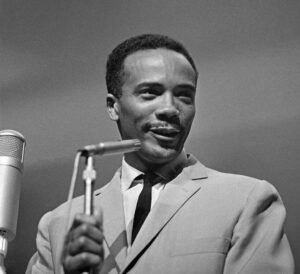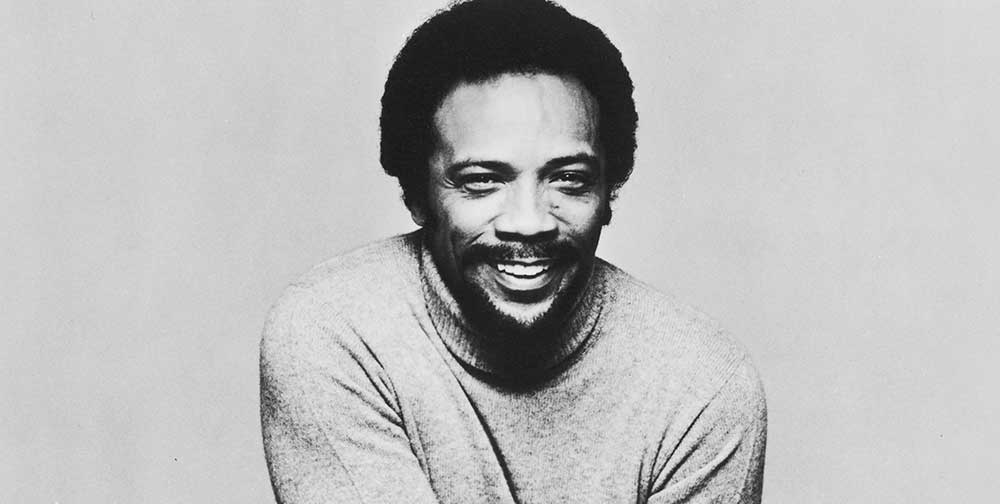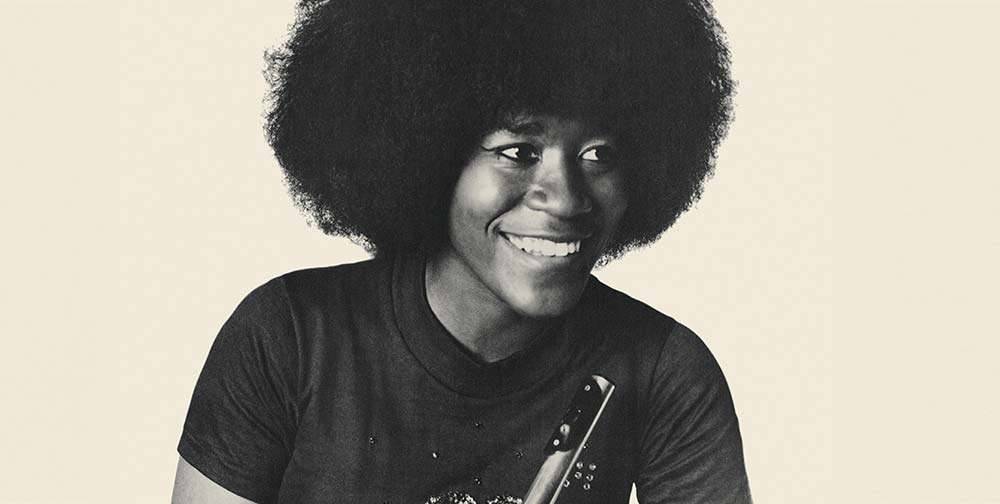When it comes to big names in the history of music, they don’t get much bigger than Quincy Jones. In a career spanning a staggering eight decades, he worked as composer, conductor, arranger and producer with an unbelievable pantheon of stars – from Miles Davis, Ray Charles and Frank Sinatra to Stevie Wonder, Michael Jackson and Snoop Dogg. From bebop to hip-hop, Jones – or just “Q” to his friends and admirers – was a driving engine in the development of 20th century popular music, up until his passing at age 91 in 2024.
The monumental anniversary 20-CD box set “The Legacy of Quincy Jones” is produced and curated by French producer Stéphane Lerouge, who worked closely with Q to bring the project to life, beginning with a conversation in 2019, five years before the legend’s death.
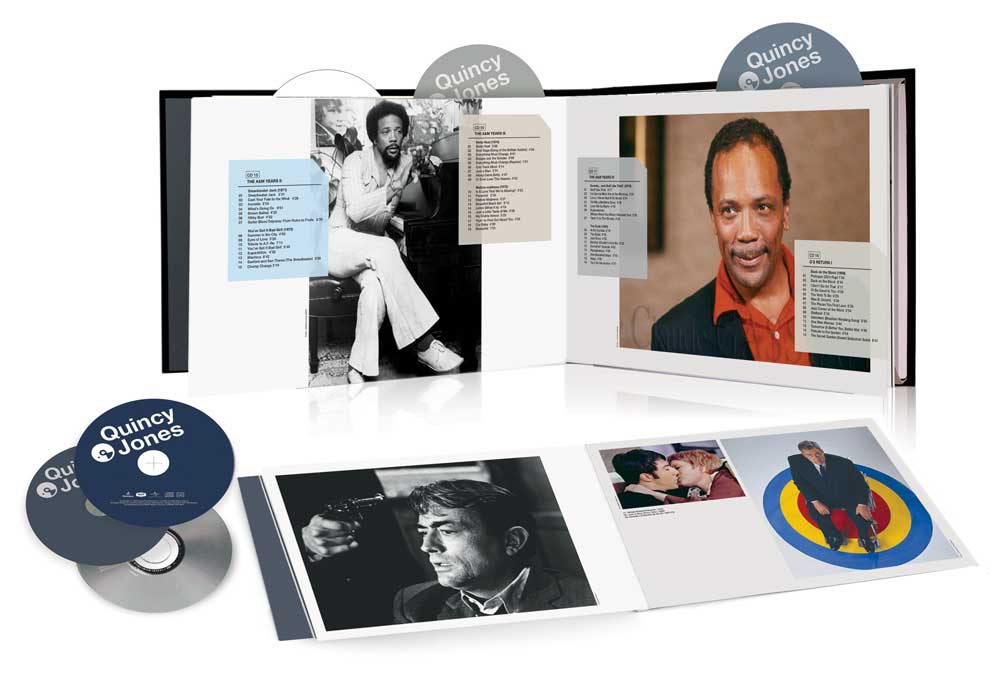
“I decided to respect the word I gave him,” says Lerouge, “to produce the box set even without him and to have this kind of chronological approach to his discography.” Sure enough, the set roams from Q’s very first recording – “Kingfish,” recorded with Lionel Hampton and His Orchestra in 1952, with Q playing trumpet when he was just 19 years old – all the way up to his final recording – a new arrangement of Henry Mancini’s “Peter Gunn,” conducted by Q in November 2024.
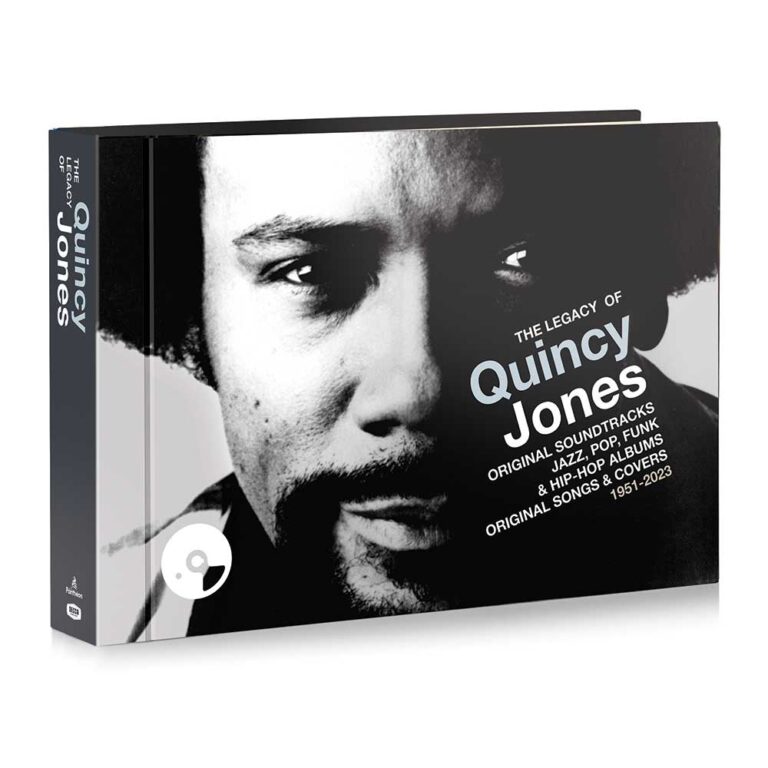
QUINCY JONES The Legacy of Quincy Jones (20CD Boxset)
Available to purchase from our US store.For Lerouge, the French context of this project is important. Two of Q’s earliest albums – “Et Voila!” and “Confetti” – were released by the French Barclay label in 1959, after Q had relocated to Paris. For Jones, too, it was an important moment. “The head of the label, Eddie Barclay, invited him to become an in-house arranger,” Lerouge explains. “Quincy hesitated before moving to Paris with his first wife and daughter, and he asked Barclay, ‘Will you allow me also to orchestrate for strings?’ As an African American arranger, he was not allowed to write for strings back home. Barclay said, ‘Of course, what’s the issue? You will write for the instruments you want.’ Quincy said to me, ‘For the first time, the colour of my skin was not important. I was just an artist.’”
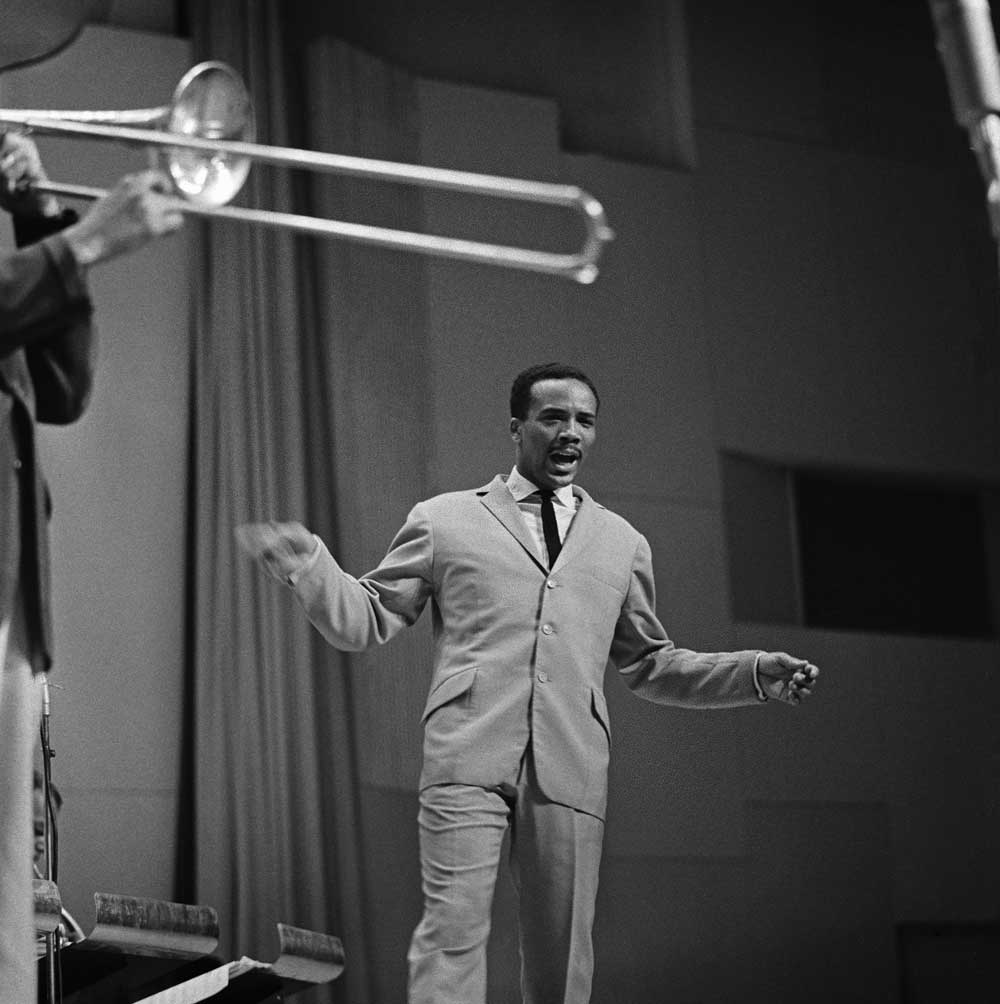
“Et Voila!” stands out as an especially exciting entry in Q’s huge body of work – what Lerouge calls “a true masterpiece.” For “The Legacy of Quincy Jones”, it is presented with previously unreleased tracks, and offers a chance to hear some of Q’s deepest jazz arrangements, featuring stellar performances by jazz greats including tenor saxophonist Don Byas, drummer Kenny Clarke and French violinist Stéphane Grappelli.
Another major feature of the box set is its focus on Q’s extensive work in film, dedicating 10 whole discs to his soundtracks for classics including 1969’s “The Italian Job”, 1973’s “The Getaway” and 1967’s “In the Heat of the Night”. The latter – starring Sydney Poitier as Virgil Tibbs, a Black man battling racism in the Deep South – also points to the importance of Q’s visibility as a Black composer during the Civil Rights era in the US. The film’s theme tune, written by Q, was performed by Ray Charles, and Q told Lerouge, “I was very proud. It was a symbol for all of us to have our three names – Sydney, Ray and me – on the same opening credits.”
But, according to Lerouge, the film score of which Q was most proud was his work on 1967’s “In Cold Blood”, an adaptation of Truman Capote’s non-fiction novel of the same name, which investigates a quadruple murder in Kansas in 1959. “Quincy listened to recordings of the voices of the actual murderers, and that gave him the idea to find a kind of music transposition to their voices, phrasing and timbre. He used two jazz bassists, Ray Brown and Andy Simpkins, and gave them the song line with the orchestra playing the accompaniment. So, it inverted the usual writing process. That’s very bold.”
Always at the vanguard of popular music, many of Q’s soundtracks serve as barometers of the musical trends of the day – epitomising the hippest sounds that he himself helped to develop. Just three years after scoring “In the Heat of the Night”, Q also provided the music for its sequel, also starring Poitier, “They Call Me Mister Tibbs!” Lerouge says, “In the space of just a few years, the music has become more Blaxploitation-orientated, with Billy Preston playing the organ. It’s amazing!”
Running through Q’s work is a fascination with jazz in all its ever-changing forms. “He was a bebopper when he was 20,” says Lerouge, “and he followed all the evolutions of jazz, the idioms of jazz. He was not stuck in a specific period. He wanted to stay young.”
It was this endless, questing adaptability that enabled Q to forge strong links with the biggest stars from across a wide musical spectrum. Another stand-out album included in the box set is 1989’s “Back on the Block”, which called on the talents of jazz greats including Miles Davis and Dizzy Gillespie, alongside soul stars such as Luther Vandross and Dionne Warwick, as well as rappers Ice-T and Big Daddy Kane. “Even Sarah Vaughan and Ella Fitzgerald were on this album,” Lerouge enthuses. “He was able to bring together all these people.”
Ultimately, “The Legacy of Quincy Jones” shines a spotlight on the world-changing achievements of one of popular music’s grand architects – offering a chance to fully inhabit the myriad sounds he loved. As Lerouge makes clear, “The ambition of this box set is to represent and to reveal the many different faces and sides of Quincy’s inspirations.”

QUINCY JONES The Legacy of Quincy Jones (20CD Boxset)
Available to purchase from our US store.Daniel Spicer is a Brighton-based writer, broadcaster and poet with bylines in The Wire, Jazzwise, Songlines and The Quietus. He’s the author of books on German free jazz legend Peter Brötzmann and Turkish psychedelic music.
Header image: Quincy Jones Orchestra performs at Kulttuuritalo in Helsinki, 29th August 1960. Photo: Finnish Heritage Agency / Press Photo Archive JOKA, Hufvudstadsbladet.


